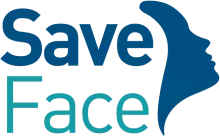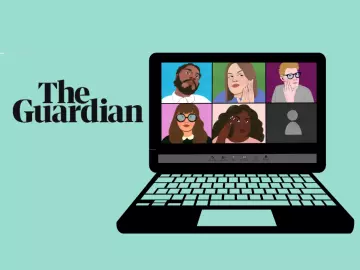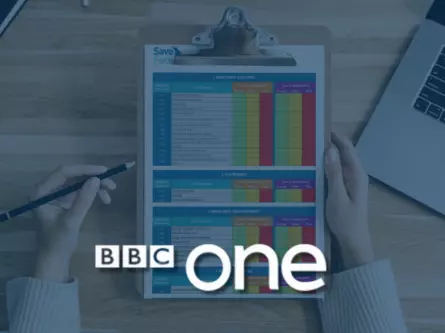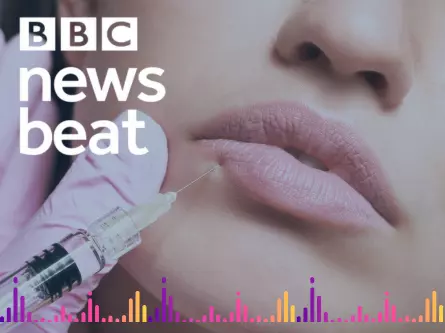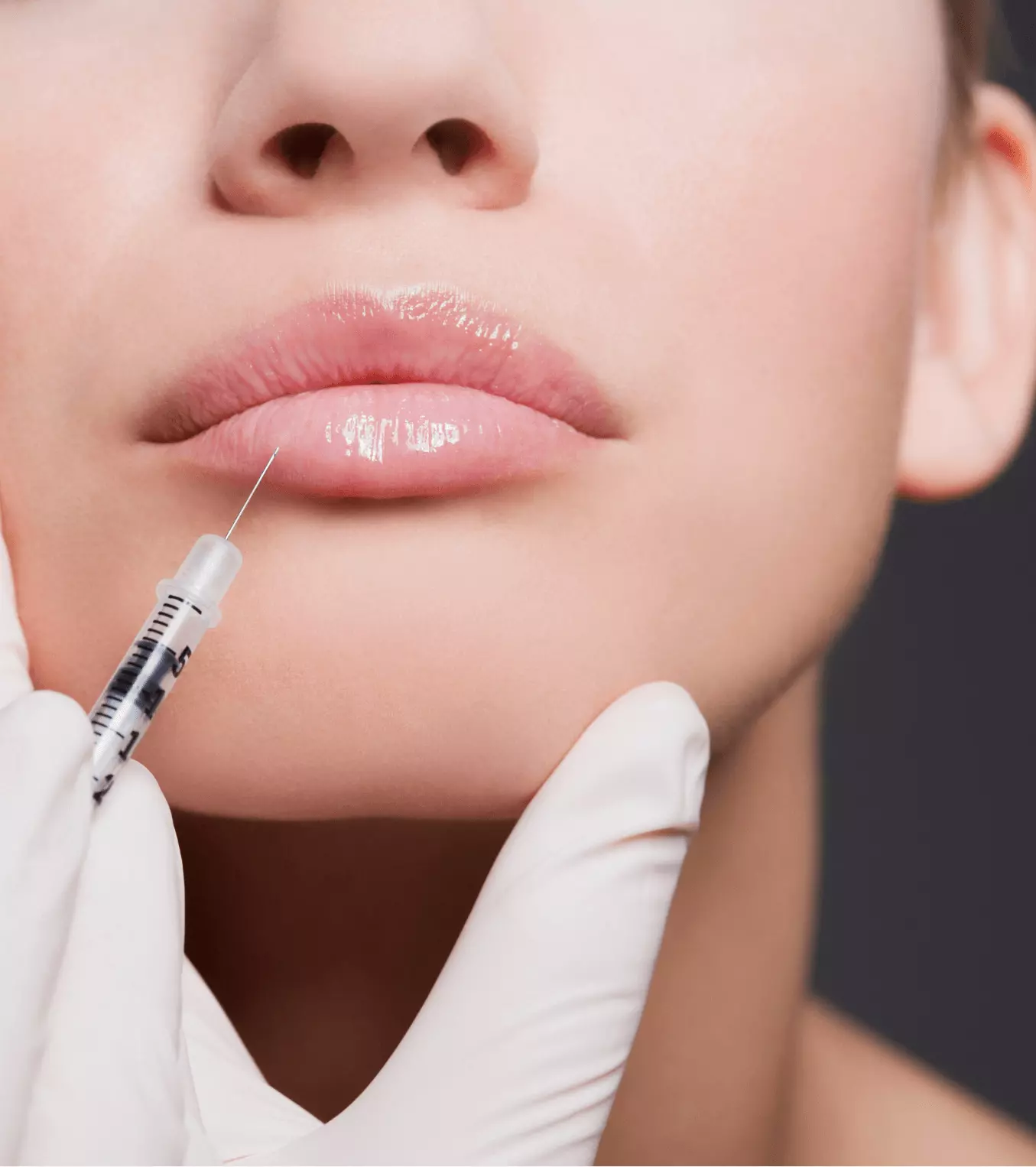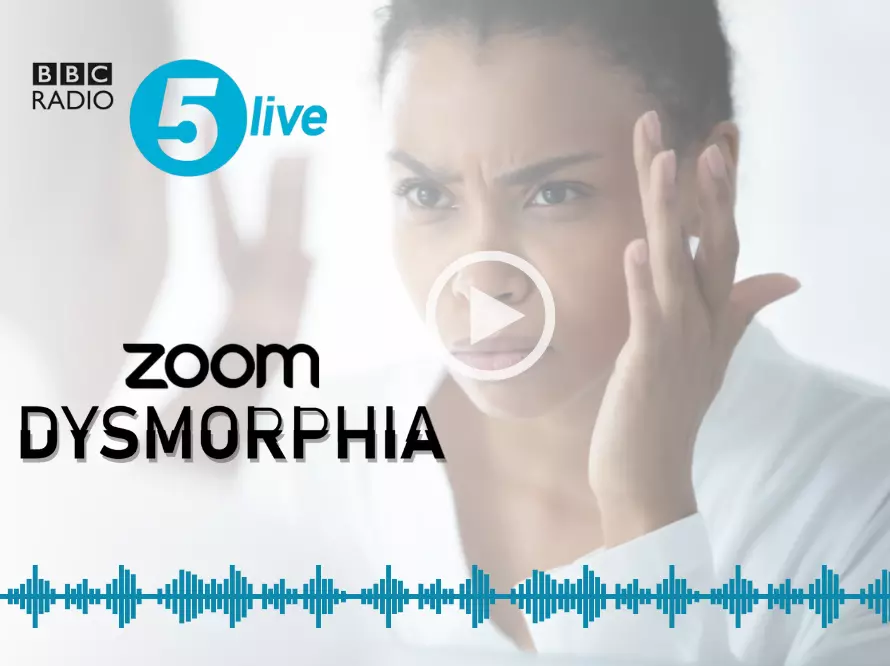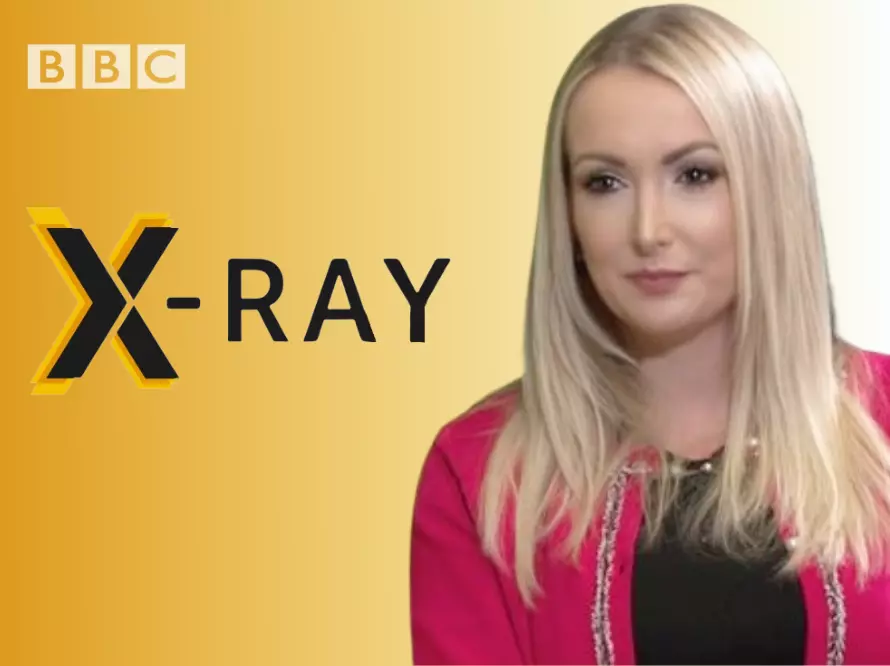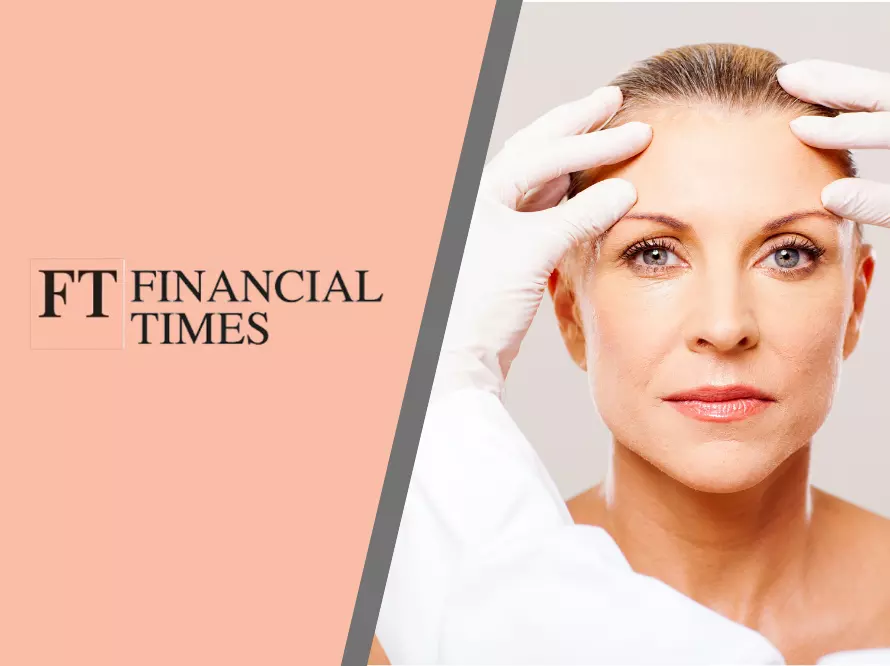Has a year of video calls made you self-conscious? Don’t turn your camera off: just relax and deploy a few of these beauty tips
Thought we were a nation of narcissists pre-Covid? Well, a global pandemic has taken things to a whole new level. It’s safe to say nobody planned to spend quite so much of the past year staring at their own grainy reflection, but with everything from weddings to work meetings forced online, our bid to stay connected with others has meant being constantly confronted with our own faces.
And not all of us like what we see. There’s a big difference between sharing a carefully filtered selfie on Instagram, and catching yourself slumped in front of the screen during your fourth video chat of the day, the cat cleaning its paws in the background as you stare in horror at your dark circles. What with the unflattering lighting, unforgiving camera angles and the fact that none of us has been inside a salon in months, it’s no wonder we’re sick of the sight of ourselves. But what effect does it have on our self-esteem? And can we do anything to boost it?
Some of us already have. Save Face, a government-approved register of accredited cosmetic practitioners, had a 40% increase in website traffic over the first lockdown period last March. The company’s founder, Ashton Collins, suspects the “Zoom boom” may be behind the rise, and talks me through the “tweakments” that customers are seeking now that screens have become our mirrors.
“We’ve had a lot of people coming to us who said they couldn’t concentrate on what colleagues were saying because they were so busy looking at themselves and not liking what they saw,” she says. “Prior to the first lockdown, the people seeking non-surgical cosmetic treatments were younger women wanting the Kylie Jenner look: plumper lips and bigger cheeks. But then there was a huge spike in interest for skin rejuvenation and neck, eye and jowl treatments, mainly from an older, more professional market less accustomed to seeing themselves digitally.”
There was a huge spike in interest for skin rejuvenation and neck, eye and jowl treatments
Of course if you want to go down the digital alteration route, Zoom has a “touch up my appearance” feature (a sort of beautifying filter that the company says “can help smooth out the skin tone on your face”), or a “hide myself” option, which keeps you visible to everyone else, for the truly demoralised.
Cosmetics sales reflect our desire for a “filtered” appearance, too. Beauty e-tailer Cult Beauty sold one bottle of HUDA Beauty’s #FauxFilter Luminous Matte Liquid Foundation – a full-coverage, matte base designed for the Instagram generation – every minute in 2020. This and Charlotte Tilbury’s Hollywood Flawless Filter foundation were among the site’s top five makeup products in the first two months of 2021.
Advertisement
So what does this mean for a future in which we’ll undoubtedly be spending more time online?
Alexia Inge, co-chief executive and co-founder of Cult Beauty, predicts we’ll fall into two camps. “Some will focus on what they want to improve and take a goal-oriented skincare or surgery approach to that, and others will just come to terms with how they look online,” she says. “We have a morning video meeting every day across the business, and I’ve noticed as the pandemic has worn on that people have been much happier leaving their cameras on rather than switching them off, and showing makeup-free faces. I actually see more people relaxing.”
One thing’s for sure: virtual meetings aren’t going anywhere soon; figuring out how to present yourself in a way you’re happy with might be a smart professional move. Here’s how.
Make it up
Nobody’s expecting you to pile on a full face of makeup for another day indoors, but a few carefully selected products can make you feel pulled together with minimal effort. Inge describes this approach as the makeup equivalent of leisurewear. “I haven’t got out of a pair of leggings for a very long time, and maybe we’re looking at our makeup in the same way we look at our clothes now: comfortable to wear and easy to take off.”
Think easy-to-use complexion products such as Nars’s Radiant Creamy Concealer and Natural Radiant Longwear Foundation (both of which have been bestsellers in the past couple of months). Multipurpose makeup such as Laura Mercier’s cult Tinted Moisturizer hydrates as well as providing SPF 30 protection and subtle colour.
Applying it needn’t take up your whole morning, either. “How we appear on a video call is far less nuanced than in real life, so beautifully blended-out eyeshadow, for instance, is never going to read on Zoom,” says makeup artist Alex Babsky, who has worked with Naomi Campbell and Florence Pugh. “As long as your concealer’s a good match for your skin, you can cover blemishes with a far less skilled hand than you’d need in real life; and a couple of coats of mascara to frame the eyes is always a good idea.”
Brows are also a major player. With threading and waxing services on hold for much of the past 12 months, every frown, eye roll and look of surprise has been affected – above your mask when you’re out, as well as on video calls.
“We already knew that brows frame the face, but they’re even more important on Zoom. Just as we talk with our hands, we talk with our brows,” says Jaimeney Patel, head of training at BlinkBrowBar, which has 21 locations in the UK, and offered Instagram brow tutorials throughout lockdown. “You can fill any gaps with a brow pencil, and a gel is good for keeping unruly hairs under control.” The brand’s Tinted Brow Gel allows you to look a lot more groomed than you probably feel, and the wand applicator means it’s difficult to mess up.
The power of touch
When you assess your face up close in a mirror, you can see fine lines and enlarged pores in detail. On Zoom, however, the focus is different. “A lot of my clients are pointing out issues they didn’t really notice before: puffiness, dullness and sagging around the jawline. That’s nothing new but, sitting in front of screens with unflattering light, they’ve become hyperaware of it,” says facialist Sophie Carbonari, who works between Paris and London. She recommends facial massage over expensive products as the key to skin that looks fresher and firmer on screen and in real life. “Think of the times your body is tired and feeling sluggish, and you crave a massage to get everything moving and ease tension: the face is exactly the same.”
Carbonari recommends using your regular skincare products and sweeping from your mouth to your ears, your nose to your temples, and from between your brows to your hairline, using firm pressure and the pads of your fingers. “The key is lymphatic drainage, so you always want to work from the inside to the outside. It brings the blood to the surface and oxygenates the skin, like the flushed, healthy look you get if you go walking by the beach.” Three minutes is enough, she says; it also doubles as a way to decompress at the end of a long day.
The screen itself could be having an effect, too. The blue light emitted by our devices is believed to have an ageing effect similar to that of the sun, and consumers are keen to swerve it. According to market research firm NPD Group, sales of blue-light protection skincare increased 170% in the first half of 2020.
“Even if we knew about blue-light damage before, now we feel the dryness, the sensation of eyes sticking to eyelids,” says Inge, who added a blue-light protection section to Cult Beauty. She points to sunscreens that combine SPF and blue-light protection, such as Supergoop Unseen Sunscreen, so you’re covered for your daily walk as well as your mid-morning finance meeting.
Find your light
Scoff if you like, but creating a flattering lighting set-up around your computer could make a big difference in the long run. Formerly the preserve of TikTok stars and YouTubers, ring lights (which reduce shadows by casting an even glow) can be bought at Selfridges and Urban Outfitters, while Amazon is awash with mini versions that clip on to your phone.
But you don’t have to invest in special kit. Babsky has made up several celebrity clients for Zoom interviews during the pandemic, and says a few simple tweaks can make a big difference in brightening the eyes, minimising shadows and creating a more professional appearance. He advises sitting in front of a window to benefit from naturally flattering daylight. “Avoid harsh shadows by sitting a little farther back, so you’re illuminated evenly by the light rather than sitting directly in it. Where daylight’s not possible, try bouncing the light of an adjustable lamp off a wall and sit centrally in front of that,” he says.
Camera angle is also key. Avoid the wide-foreheaded look by ensuring the camera is pointed downwards rather than up, and far enough away to minimise distortion.
If you use a light, point it above the top of your head. “This should give your face a little ‘sculpting’, with a nice, softly defined shadow under the jaw and cheekbones, and should be high enough to keep distracting reflections out of your lenses if you wear glasses,” Babsky says. “And placing a hand mirror out of sight, flat on your desk, can help bounce more light up into your face for some attractive highlights in your eyes.” And if all else fails – there’s always the “turn camera off” button.
